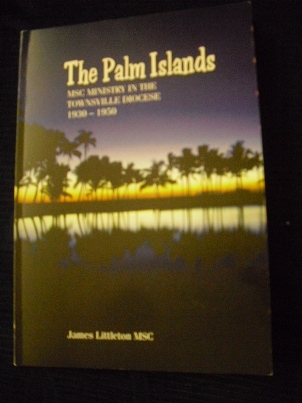(Australia, 2011, d. Tony Krawitz)
Cameron Doomadgee was a tall man, an aboriginal man, from Palm Island. Arrested for drunkenness one night in 2004, he swore at the arresting officer and less than an hour later he was dead. The officer, Christopher Hurley, was also a tall man.
Aboriginal deaths in custody has been a serious issue for many years. This one raised headlines because the arrested man had not even reached his cell. What happened and who was responsible?
This documentary is based on a book by Chloe Hooper (who is interviewed in the film) who is critical of the police procedures and the trials and inquests.
However, director Tony Krawitz is sometimes at pains to present the many sides of the discussion. The aboriginal community of Palm Island, especially Cameron Doomadgee’s partner and sisters, are quite vocal about what happened and the way the courts dealt with the matters. A reporter for The Australian is quietly spoken but very convincing in his criticism of procedures and the credibility of the police and their reports. Lawyers also detail anomalies in proceedings.
On the other hand, there is testimony that Christopher Hurley was a good policeman and had served in many difficult communities with racial differences. But, there are also reports of his being charged with violent behaviour. One of the major difficulties is that Hurley changed details of his story and the reconstruction of what happened – a fall, with both men collapsing which does not correlate at all with the injuries Doomadgee suffered, especially breaks in his liver, facial injuries and other cuts and bruising. An aboriginal witness in custody claimed that Hurley beat the fallen Doomadgee in anger. Hurley declined to appear in the film.
Proceedings lasted years. Hurley was freed of all charges, especially manslaughter, but the Queensland government intervened and another hearing was held in 2009.
There are some powerful scenes of the police union meetings and a very gung ho support for Hurley who continues in police work at the time of the release of the film.
In only 80 minutes, the film shows us the episodes and the immediate explanations, the changes in testimony, the history of racial disputes on Palm Island and life there, especially riots after the death, the attitudes of the police and their union, raising many questions for Queenslanders and for all Australians.
Peter Malone MSC
